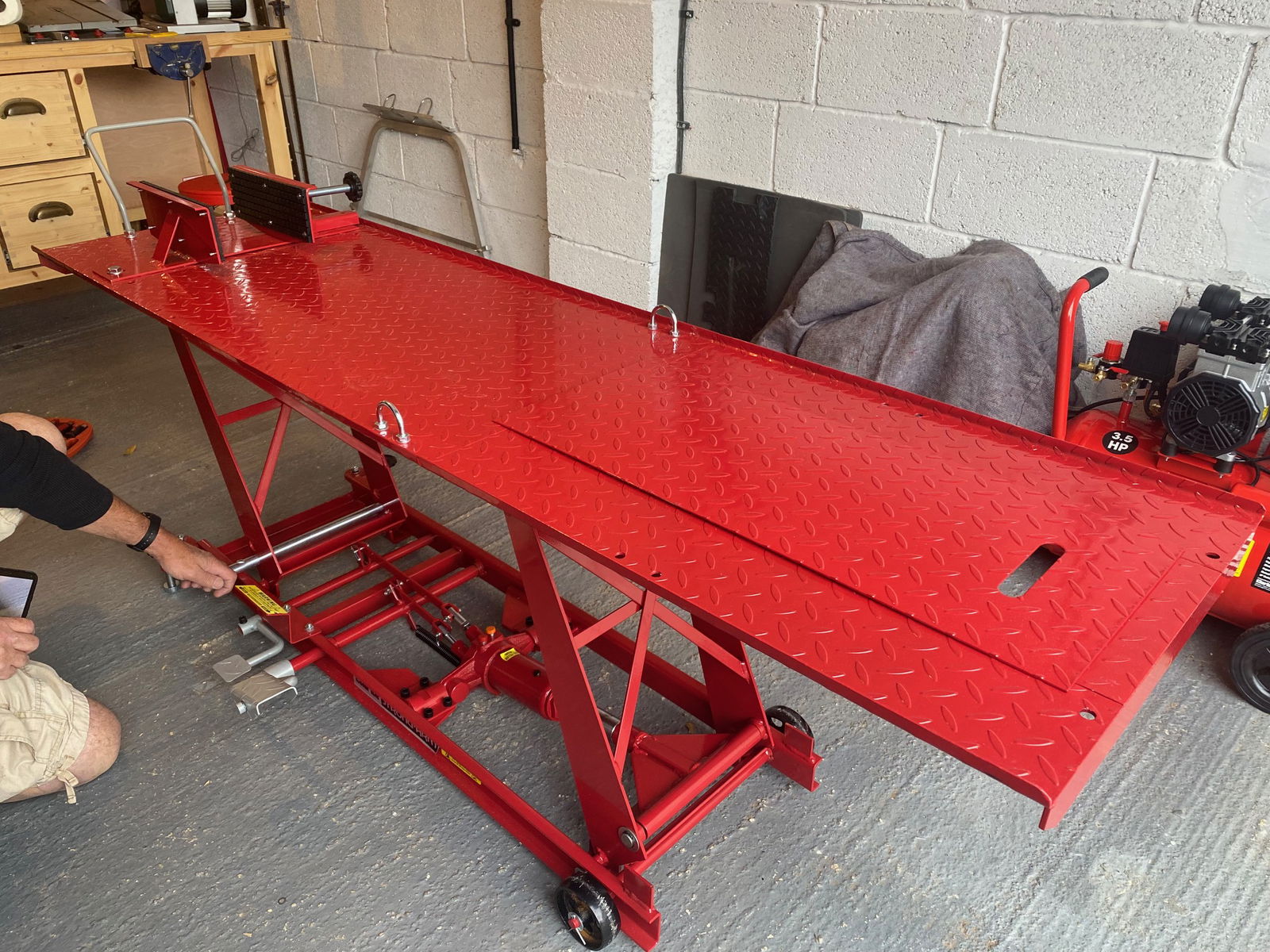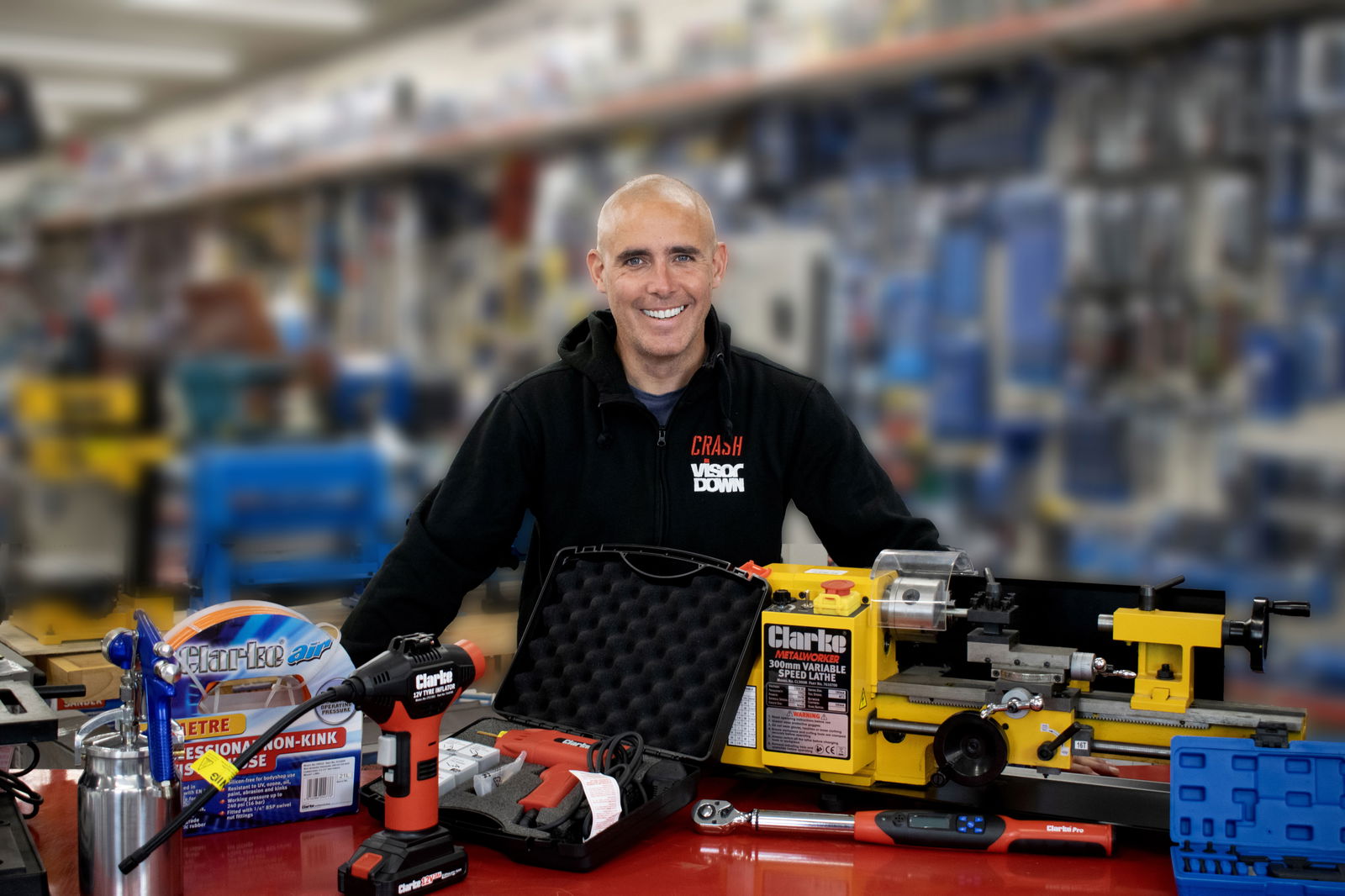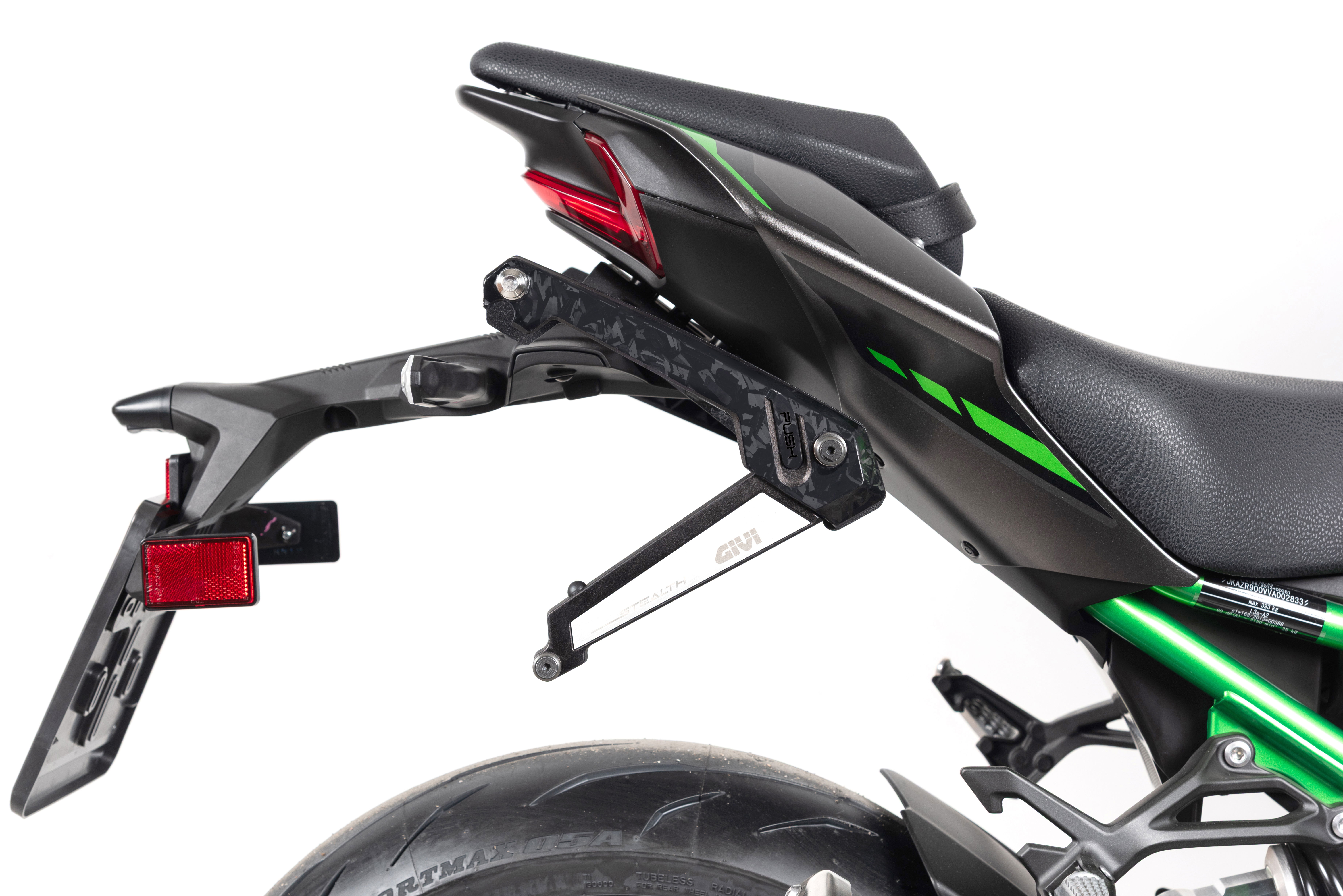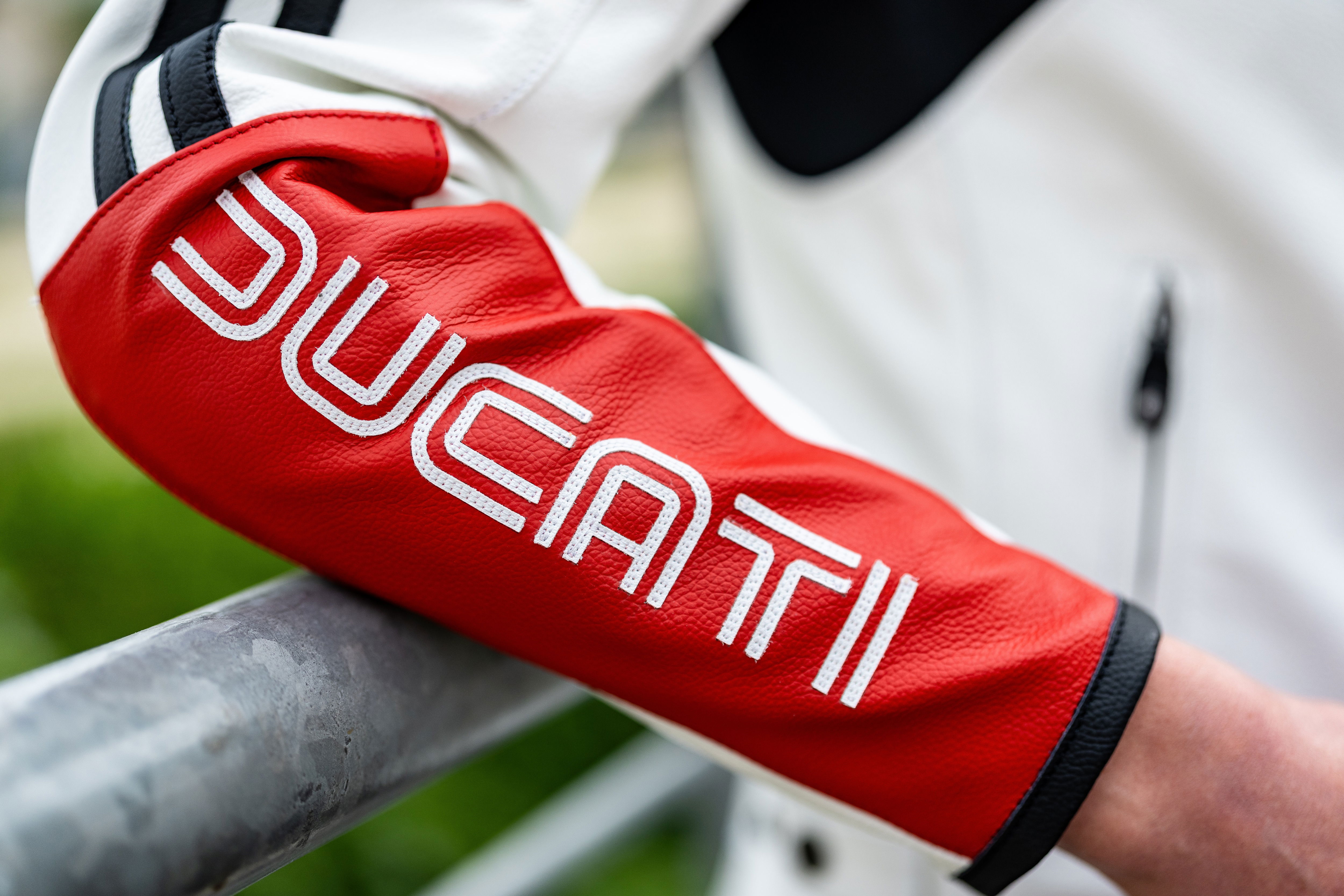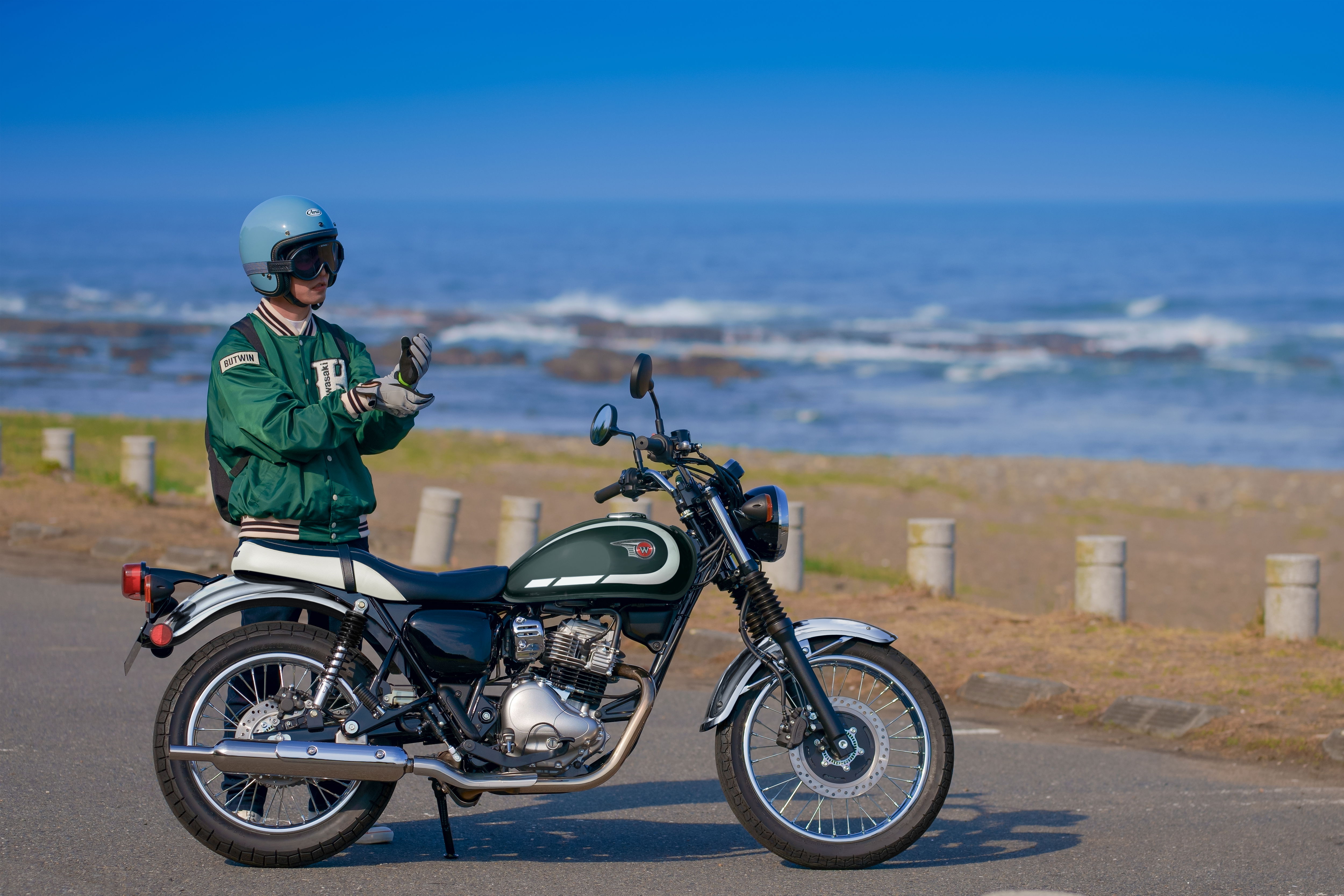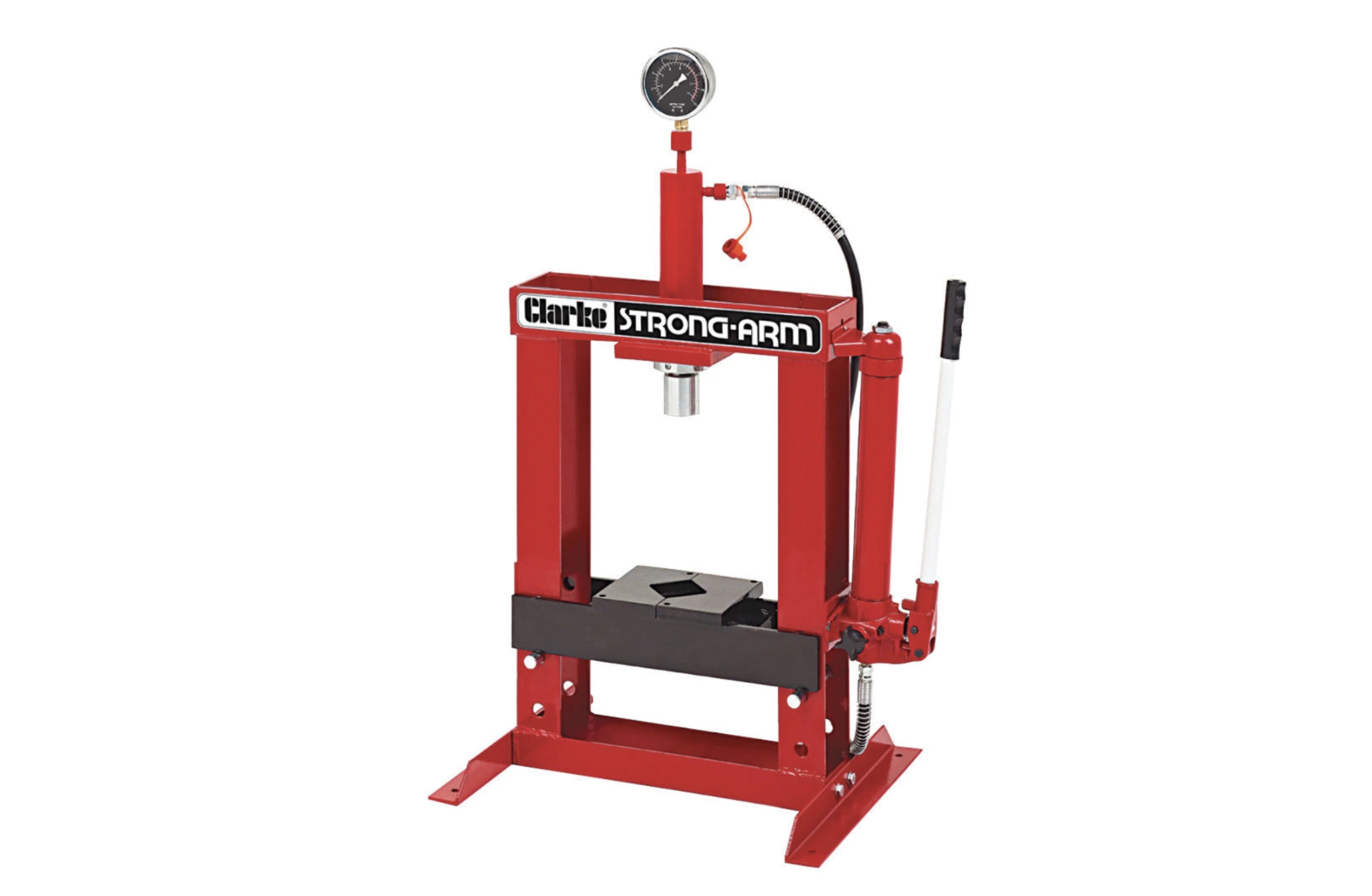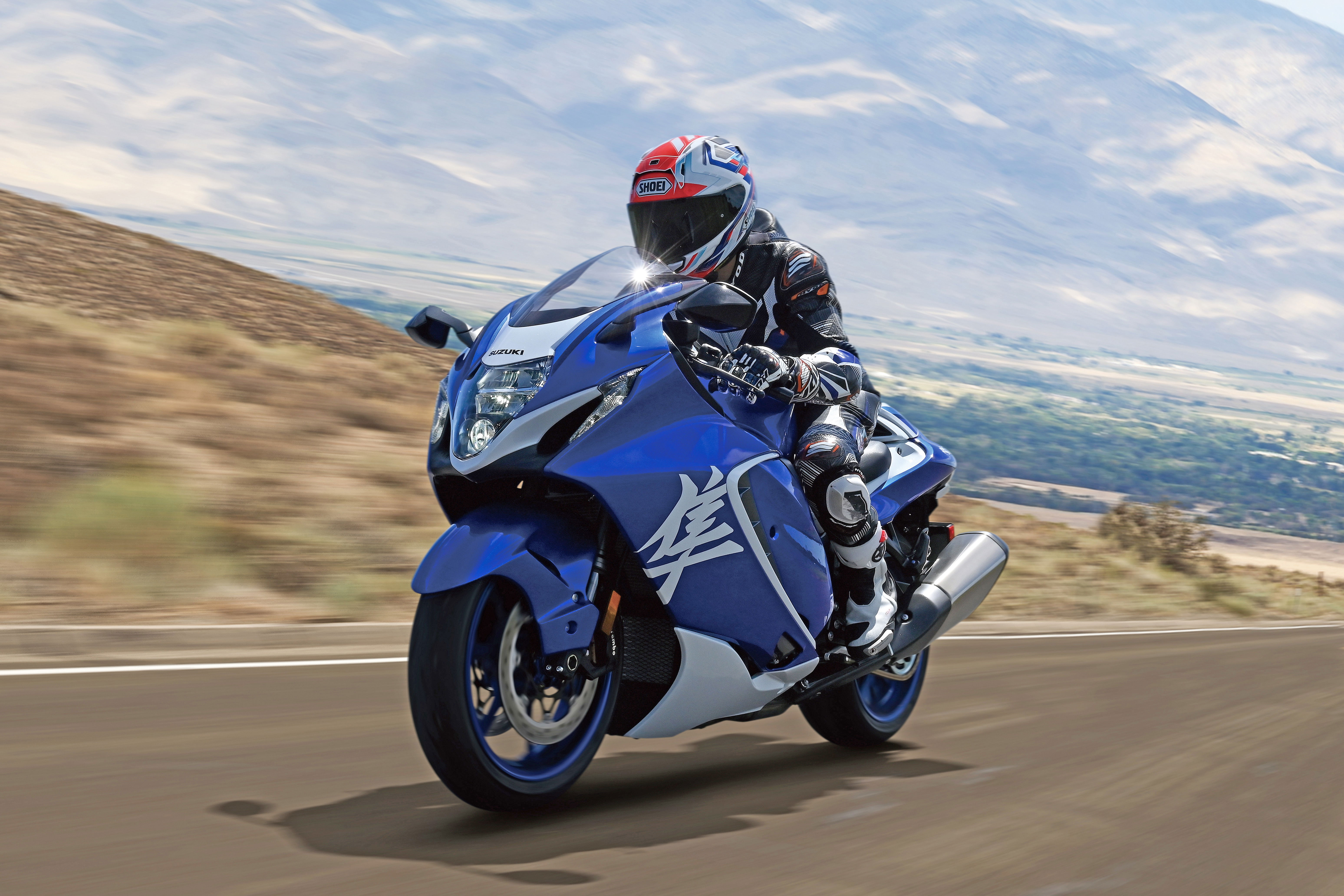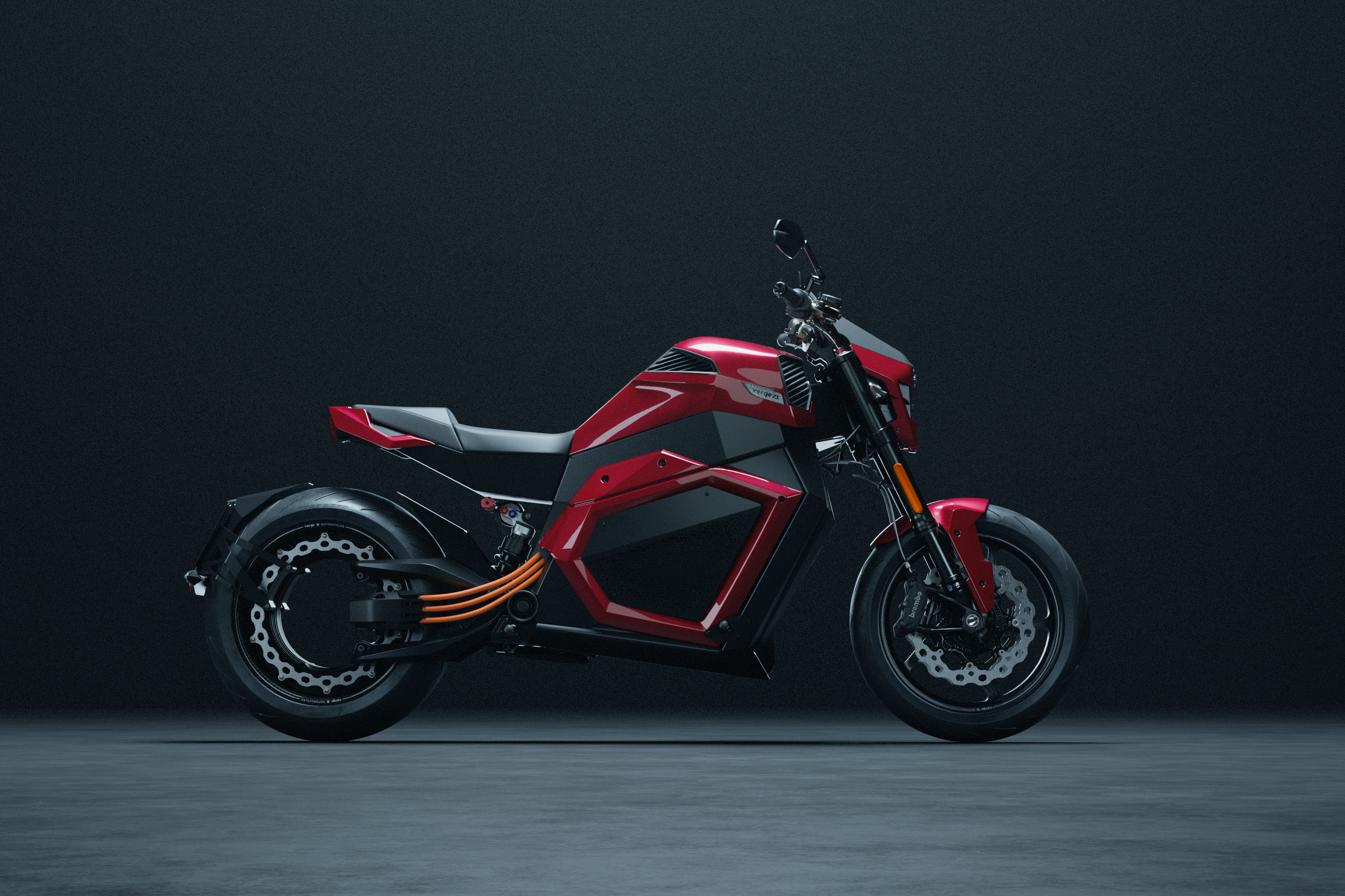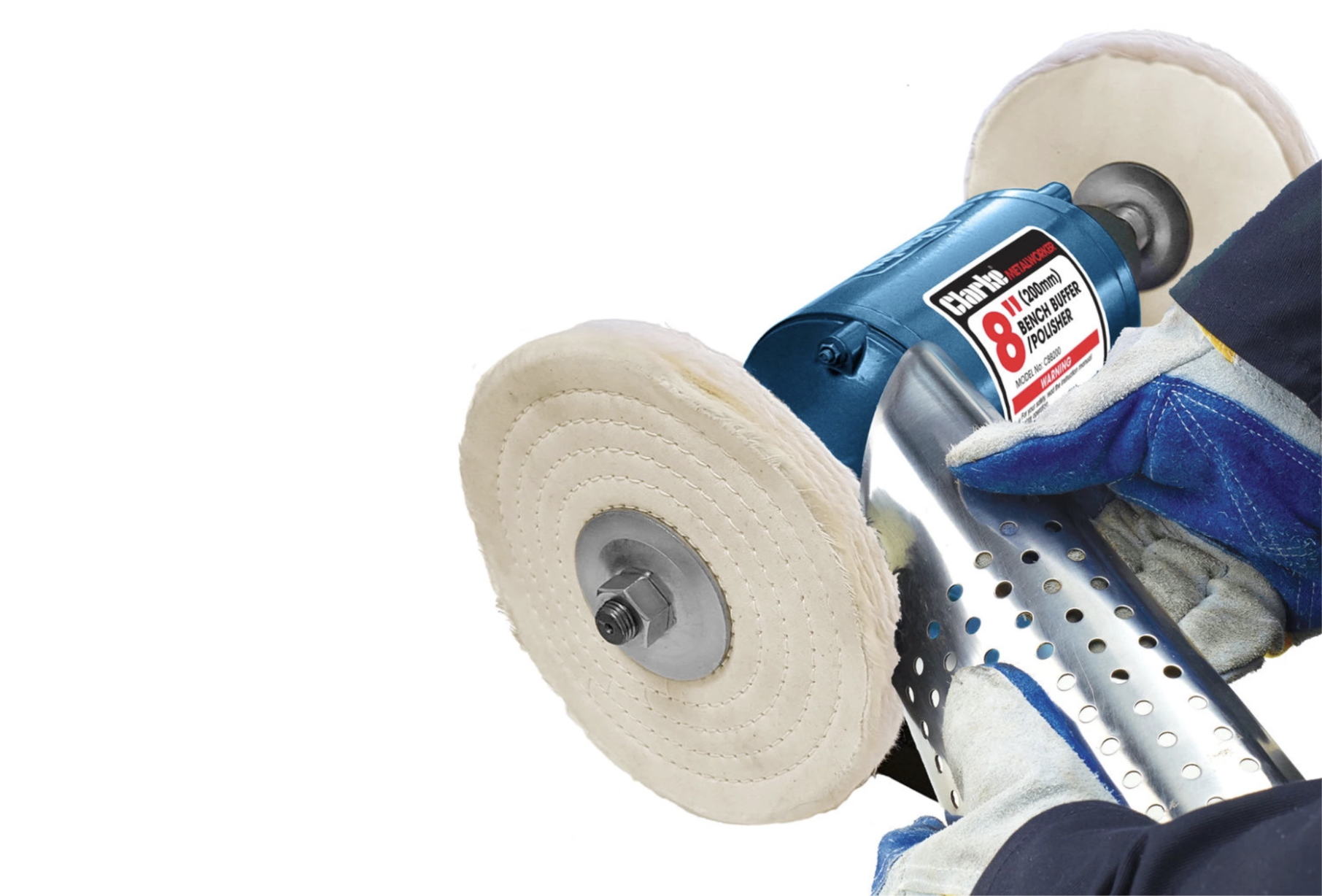Alloy vs spoked: which wheel is best for a motorcycle?
Confused about the difference between alloy wheels and spoked wheels? Wonder no more.

One of the appeals of motorcycling is that it offers a lot of choice compared to, say, the car world. There are so many options in terms of things like engine configuration, ergonomics, styling, and - what we’re talking about here - wheels.
In the world of wheels, those options are a little more manageable. Your choices are spoked wheels and alloy wheels, also sometimes known as cast wheels. What’s the difference? Which is better? Let’s get into that.
What’s the difference?
We’ll start (or perhaps I should say ‘wheel’ start) with spoked wheels. Sometimes known as wire wheels, spoked wheels have rims (the outer round bit) that are connected to their hub (the middle round bit) via a series of thin metal rods.
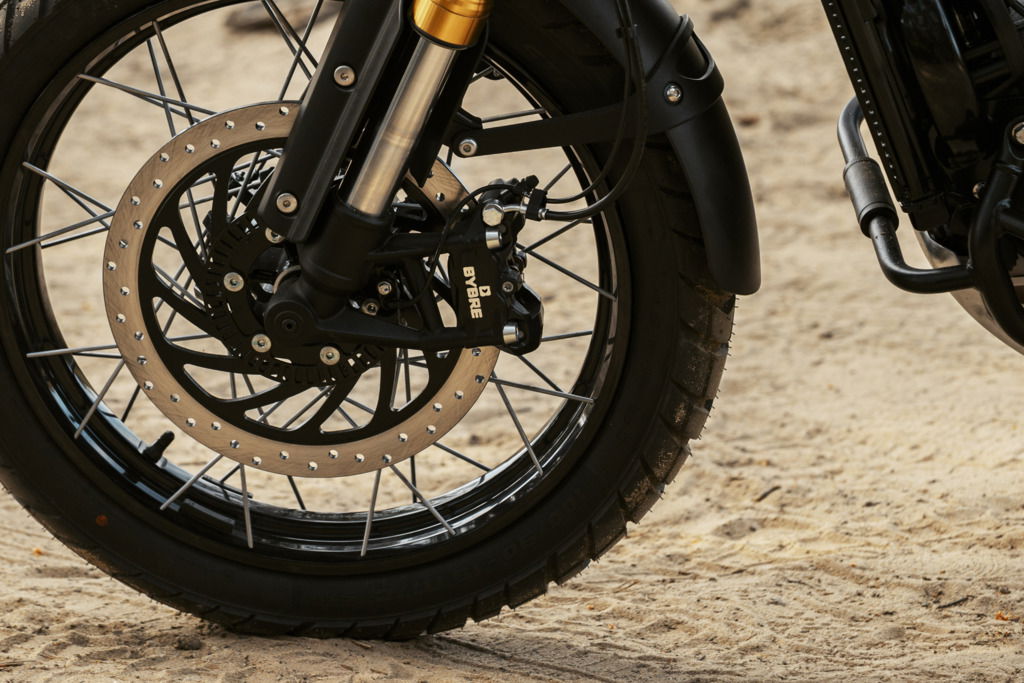
These are the wheels that you typically see on off-road focused motorcycles, as well classic bikes, and those styled to look like classic bikes. Think of dirt-hungry machines like the CFMoto 450MT or old-school beauties like the Royal Enfield Classic 650.
Typically, spoked wheels on a motorcycle indicate tubed tyres, though there are some notable exceptions.
Alloy wheels - also known as cast wheels, or simply ‘mags’ if you are from the American South - are wheels that are made by casting a wheel that’s made of metal alloys. More often than not, the wheels are cast of aluminium or magnesium alloys. Therein you can see the origin of their many names. It’s worth noting that carbon fibre wheels, those used in racing, are constructed in such a way that, for the purposes of this feature, they fall into this category of wheel.
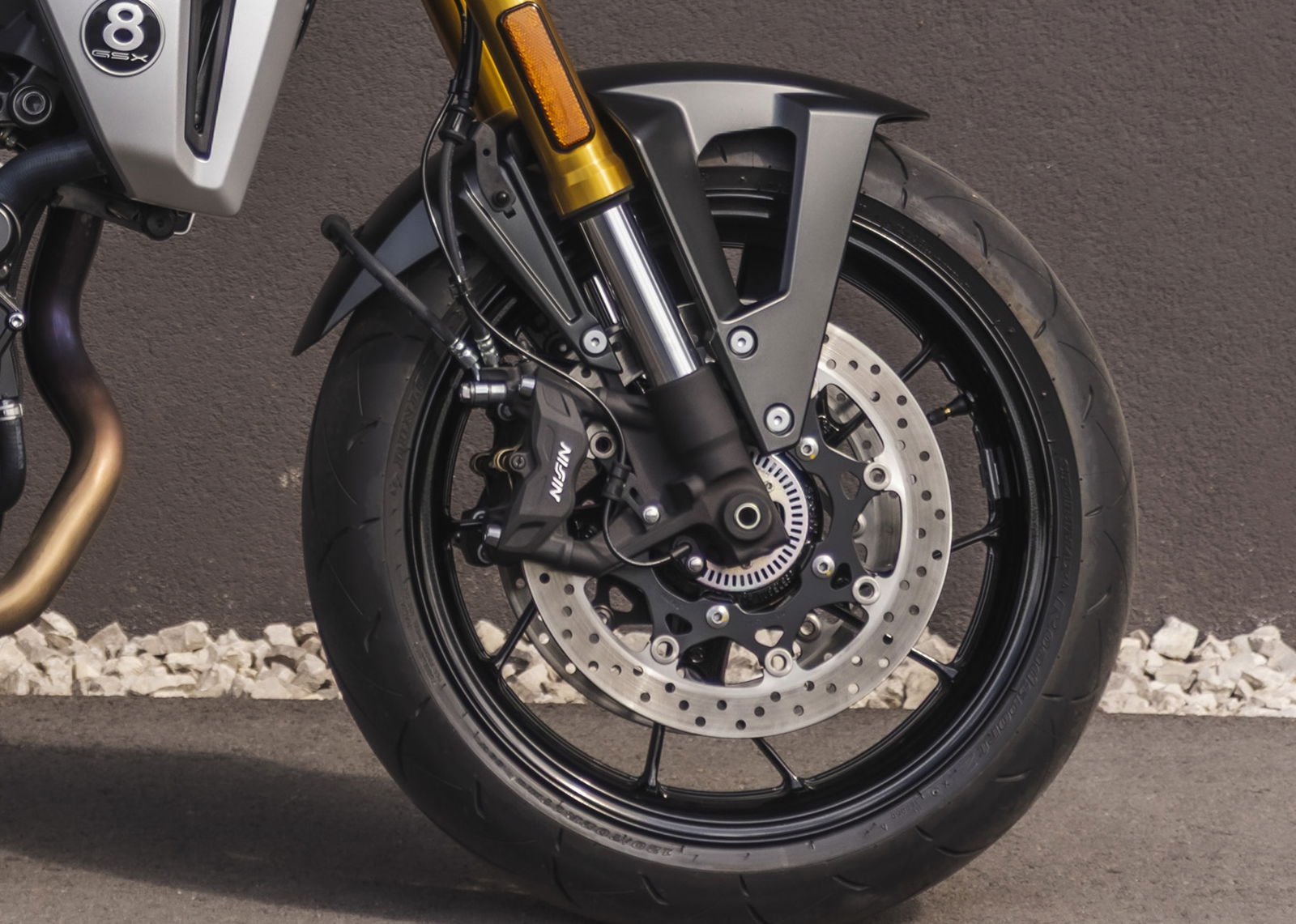
If you want to be pedantic, some would argue there is a difference between alloy and cast wheels, but generally speaking the two terms are interchangeable. There is also such a thing as forged wheels, but let’s not get into that.
Alloy wheels are to be found on pretty much every style of motorcycle including a number of adventure bikes and retro-styled machines. The only style of bike where you won’t see alloy wheels is one that is purely for off-road use. We’ll get into why in a second.
Typically, the presence of an alloy wheel on a motorcycle means it has tubeless tyres.
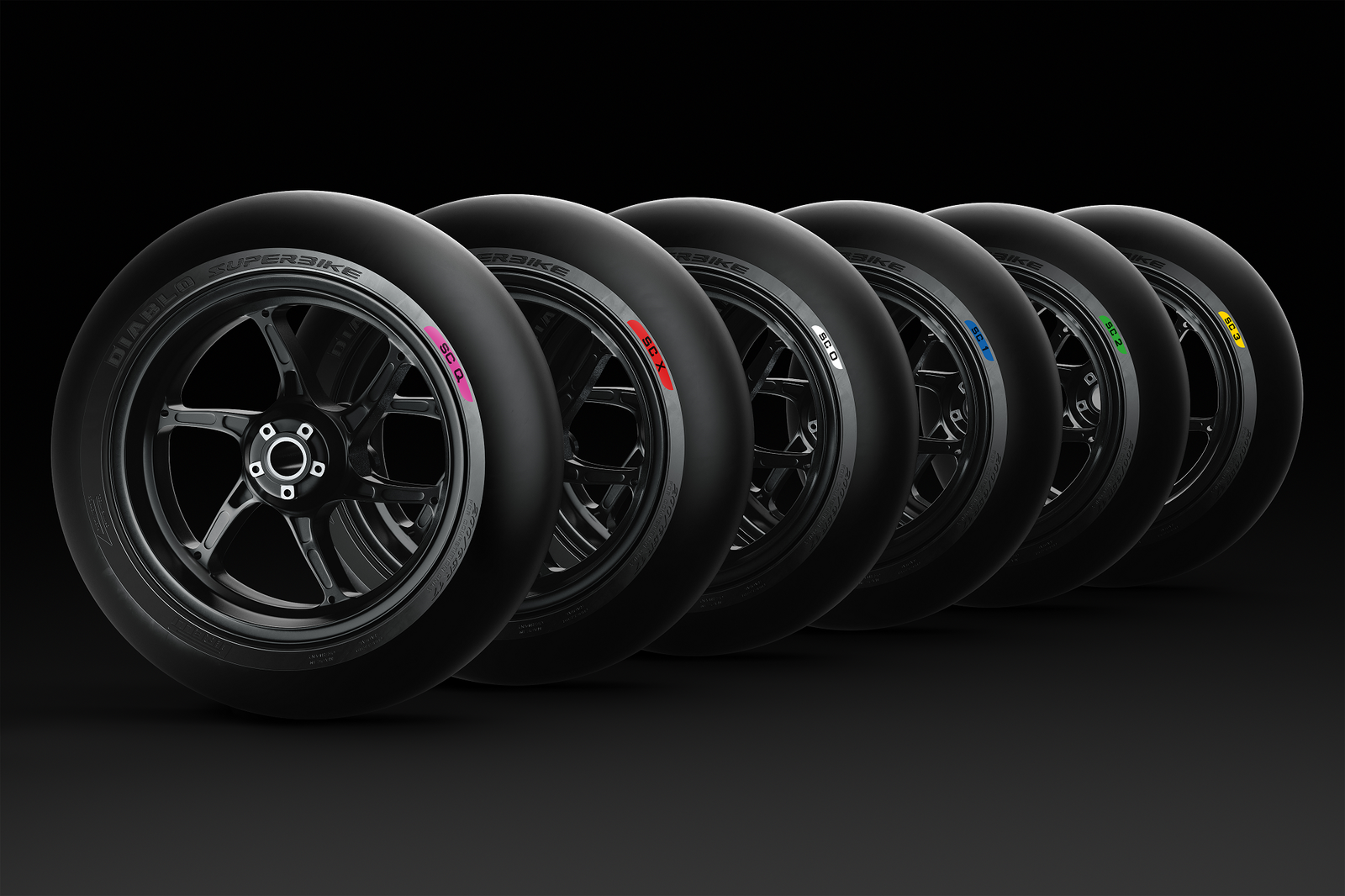
Which is better?
The question of which type of wheel is best depends on you, the type of riding you’re doing, and where you’re doing it.
We mentioned above that spoked tyres are usually the weapon of choice for off-road-focused machines. This is because they can usually take more of a beating than cast wheels. They offer a little bit of twist and flex in some off-road situations that might see a cast wheel just crack.
Because of the way the spokes connect to the wheel’s rim it is more often the case that tubed tyres must be used with spoked wheels. This aspect can offer some advantages to off-road riders, and some disadvantages to road and track riders.

However, road-focused riders of retro-styled machines often still prefer spoked wheels for aesthetic reasons.
Alloy wheels, meanwhile, are lighter, cheaper to make, faster to produce, and can tolerate more load strain than spoked wheels. The nature of their construction also means that they can form an airtight seal with a tyre, eliminating the need for an inner tube.
Alloy wheels and tubeless tyres have been the go-to choice in motorcycle racing for decades, offering less weight and greater reliability. For a road rider, it is also worth noting that alloy wheels don’t require maintenance (spokes have to be checked and very occasionally tightened), and they’re a hell of a lot easier to clean.
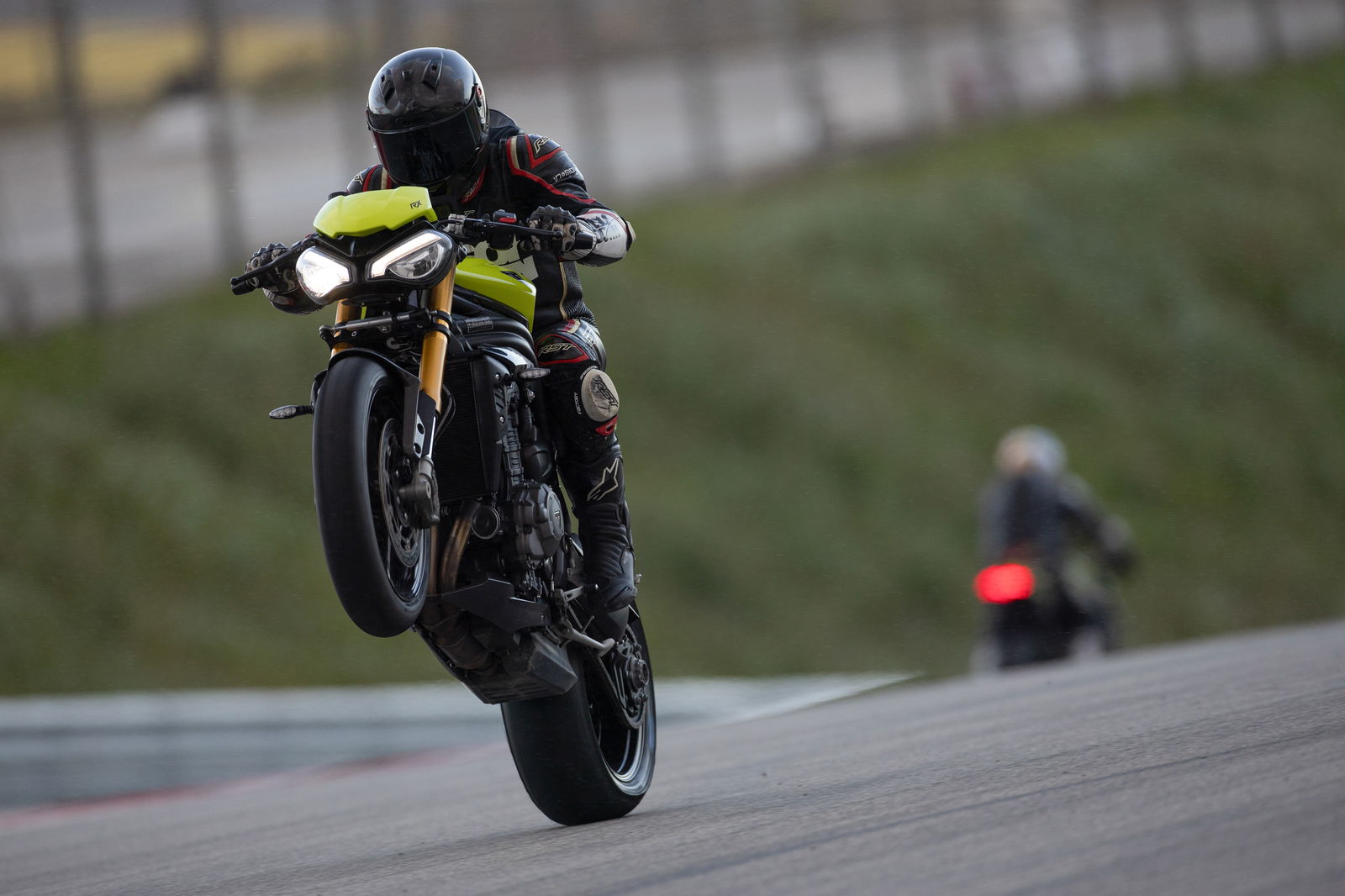
Which wheel you choose, though, is down to your personal taste and how you intend to use your motorcycle.
For more explanations of the world of motorcycling, check out the Workshop pages of Visordown.
